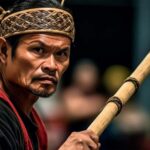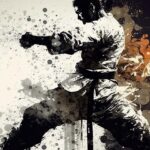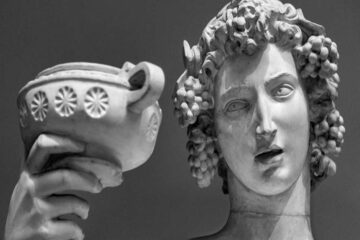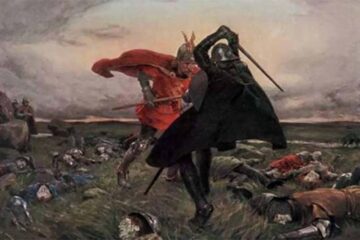Ancient Martial Arts: Unveiling Deadly Combat Traditions

The ancient world was a realm where the need for self-defense was paramount, prompting the development of various martial arts that served as lethal forms of combat. Emerging from diverse cultures and historical contexts, these martial disciplines not only honed physical prowess but also embodied spiritual philosophies and cultural heritage. Here are ten deadly martial arts of the ancient world, each with its own unique legacy and impact.

- Tahtib: Ancient Egyptian Stick Fighting
Tahtib, originating in ancient Egypt, involved combat techniques utilizing long bamboo sticks. It emphasized fluid footwork, balance, and rhythmic movements, serving as both an art form and a method of self-defense. Beyond combat, tahtib held cultural significance, often performed during celebrations and festivals, reflecting Egypt’s martial heritage and storytelling traditions.
- Kung Fu: The Timeless Chinese Martial Art
Kung Fu, originating in China, encompasses a vast array of styles and techniques developed over centuries. It emphasizes striking, kicking, and grappling techniques, promoting physical agility, mental focus, and spiritual growth. From Shaolin to Tai Chi, Kung Fu’s influence extends beyond combat, shaping literature, theater, and cinematic portrayals worldwide.
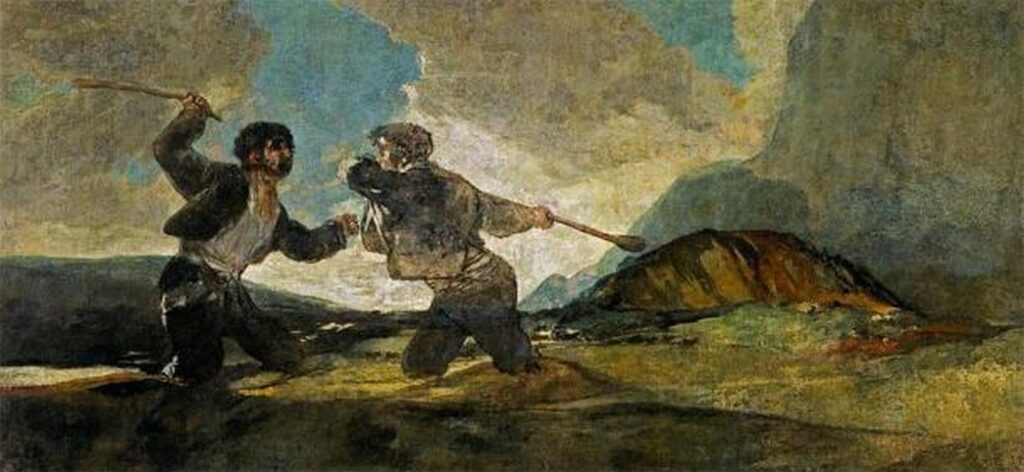
- Bataireacht: Irish Stick Fighting
Bataireacht, or Irish stick fighting, emerged from Ireland’s history and culture, focusing on skilled cudgel play for combat. Practitioners honed techniques like strikes, blocks, and footwork, utilizing wooden sticks as extensions of the body. With its roots in resistance against British rule, bataireacht embodies Ireland’s fight for independence and cultural identity.
- Pankration: The Ancient Greek Combat Sport
Pankration, originating in ancient Greece, combined elements of boxing and wrestling in a no-holds-barred fighting discipline. It showcased a wide range of techniques, from strikes to joint locks, celebrating physical prowess and mental fortitude. With its influence on modern mixed martial arts, pankration remains a testament to ancient Greek combat innovation.
- Kalaripayattu: India’s Oldest Fighting System
Kalaripayattu, India’s ancient martial art from Kerala, integrates striking, weaponry, and physical conditioning for holistic development. Its techniques emphasize precision, agility, and understanding of energy flow. Alongside combat, Kalaripayattu encompasses healing practices and cultural heritage, influencing other martial arts and traditional dance forms.
- Karate: Japan’s Traditional Martial Art
Karate, originating in Okinawa and later Japan, emphasizes striking techniques like punches and kicks. Through forms and sparring, practitioners cultivate discipline, focus, and respect. With its inclusion in international events like the Olympics, karate serves as both a self-defense system and a means of personal development.
- Ninjutsu: The Art of the Japanese Ninja
Ninjutsu, shrouded in secrecy, encompasses espionage, stealth, and unconventional combat techniques practiced by the ninja. It emphasizes adaptability, deception, and survival in clandestine operations. While historical records are limited, ninjutsu’s legacy endures as a symbol of ingenuity and the art of navigating challenging circumstances.
- Silambam: South India’s Bamboo Staff Art
Silambam, originating in Tamil Nadu and Kerala, focuses on bamboo staff combat with fluid movements and precise strikes. It embodies regional heritage and warrior traditions, promoting physical fitness and cultural expression. Silambam’s versatility and adaptability make it a cherished martial art celebrated through performances and competitions.
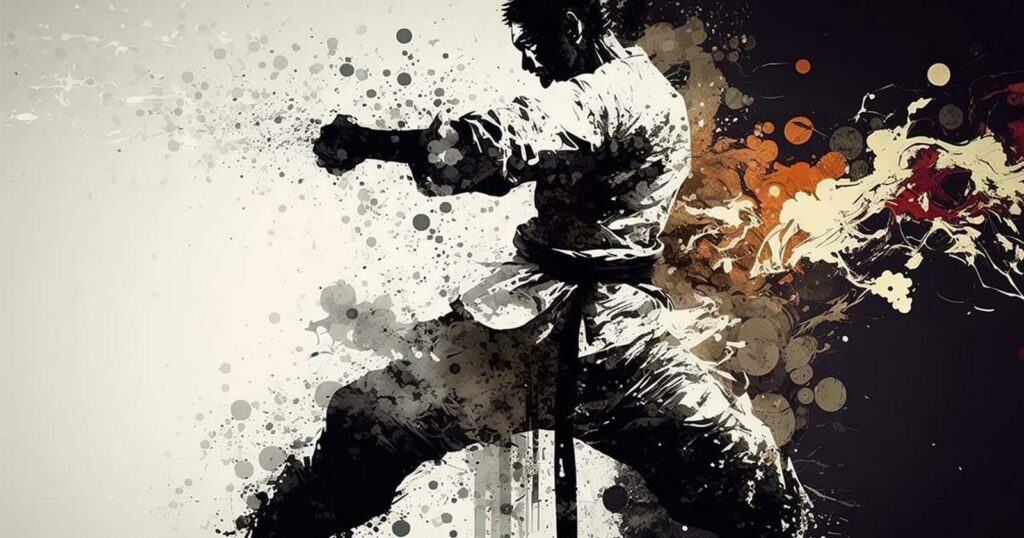
- Eskrima / Kali / Arnis: Philippines’ Versatile Martial Art
Eskrima, also known as Kali or Arnis, is the national martial art of the Philippines, emphasizing weapon-based combat with sticks and blades. Its practitioners develop proficiency in armed and unarmed techniques for self-defense and cultural preservation. With its adaptability, Eskrima remains integral to the nation’s identity and combat heritage.
- Varma Kalai: Ancient Tamil Martial Art and Healing System
Varma Kalai, originating in Tamil Nadu, focuses on vital point manipulation for combat and healing. Its techniques target specific points on the body to incapacitate opponents or promote healing, reflecting a holistic approach to physical and spiritual well-being. Despite its decline, Varma Kalai’s legacy persists through efforts to preserve its teachings and heritage.
In conclusion, these ancient martial arts represent more than just combat techniques; they embody cultural traditions, philosophical principles, and historical legacies. From the graceful movements of Kalaripayattu to the strategic finesse of ninjutsu, each art offers a window into the ingenuity and resilience of humanity throughout history.

